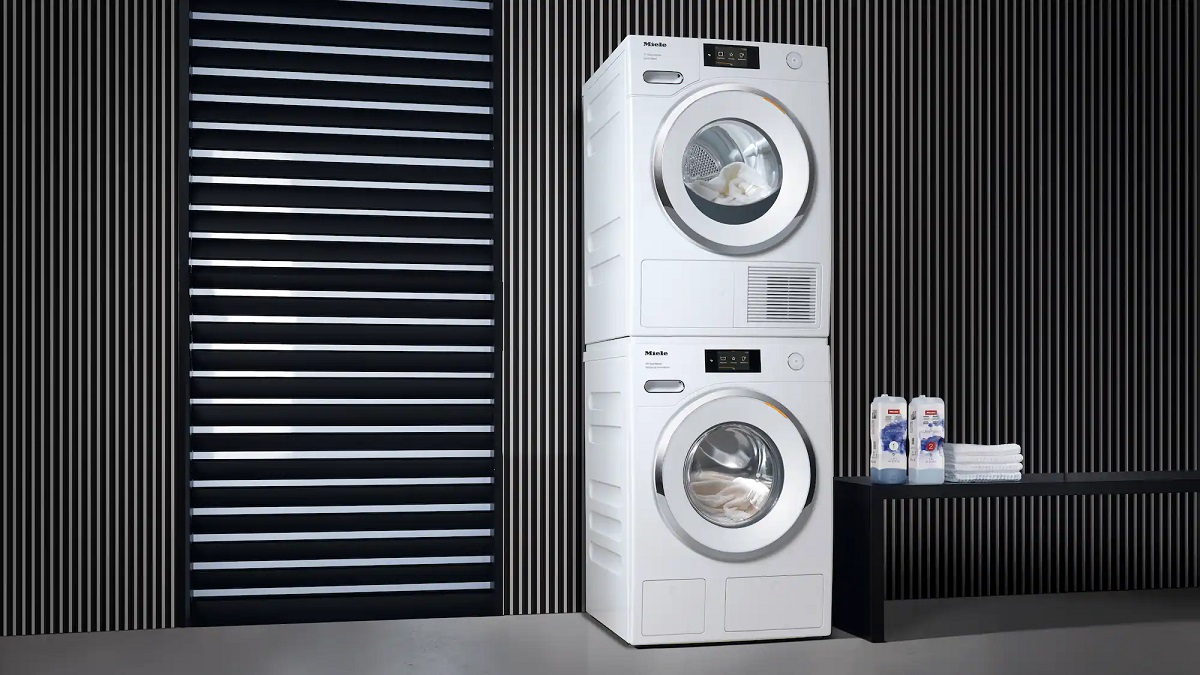

Articles
How To Install Washer And Dryer
Modified: January 18, 2024
Learn how to install a washer and dryer with our comprehensive articles. Get step-by-step instructions and expert tips for a smooth installation process.
(Many of the links in this article redirect to a specific reviewed product. Your purchase of these products through affiliate links helps to generate commission for Storables.com, at no extra cost. Learn more)
Introduction
Installing a washer and dryer in your home can greatly improve your laundry routine and save you time and money in the long run. With the convenience of having your own laundry appliances, you no longer have to rely on trips to the laundromat or shared laundry facilities. Whether you’re moving into a new home or upgrading your laundry room, installing a washer and dryer is a relatively straightforward process that can be done with a few basic tools and some careful planning.
In this article, we will guide you through the step-by-step process of installing a washer and dryer in your home. From gathering the necessary tools and materials to properly connecting the water supply lines and vent hoses, you will learn everything you need to know to complete the installation successfully.
Before we begin, it’s important to note that this guide is a general overview and may not cover every specific detail of your particular washer and dryer model. Always refer to the manufacturer’s instructions for detailed information and follow all safety precautions provided.
Now, let’s dive in and get started with the installation process!
Key Takeaways:
- Installing a washer and dryer at home is a straightforward process that can greatly improve your laundry routine. From gathering the right tools to testing the appliances, this guide provides a comprehensive overview for a successful installation.
- Proper installation, including choosing the right location, measuring and preparing the space, and connecting water and vent hoses, is essential for the efficient and safe operation of your washer and dryer. Following manufacturer’s instructions and regular maintenance will ensure optimal performance.
Read more: How To Install Stackable Washer And Dryer
Step 1: Gather the necessary tools and materials
Before you begin the installation process, it’s essential to gather all the necessary tools and materials. Having everything you need on hand will ensure a smoother and more efficient installation process. Here are some of the tools and materials you’ll need:
- Adjustable wrench
- Pliers
- Tape measure
- Screwdriver (electric or manual)
- Level
- Drill with appropriate drill bits
- Hose clamps
- Water supply lines
- Drain hose
- Dryer vent hose
- Outlet and plug (for electric dryer)
Make sure you have all the necessary tools and materials available before starting the installation. This will save you time and prevent any delays once you begin the process.
Additionally, it’s crucial to ensure that you have a suitable space in your home for the washer and dryer installation. Measure the area where the appliances will be placed to ensure they will fit properly. Take note of any obstacles or restrictions that may impact the installation process, such as narrow doorways or tight corners.
Once you have all the tools and materials ready, and the space prepared, you can move on to the next step: choosing the location for your washer and dryer.
Step 2: Choose the location for your washer and dryer
Choosing the right location for your washer and dryer is important for both convenience and safety. Consider the following factors when selecting the spot:
- Proximity to water and electrical connections: Ensure that the location is within reach of the necessary water supply and electrical outlets. This will make the installation process easier and prevent any unnecessary complications.
- Flooring: Take into account the type of flooring in the area where you plan to install the washer and dryer. Ideally, it should be a hard, level surface that can withstand the weight and vibrations of the appliances. Avoid installing them on carpet or uneven surfaces.
- Ventilation: Good ventilation is crucial to prevent moisture buildup and mold growth. Choose a well-ventilated area, preferably near a window or an exterior wall, where you can easily install a dryer vent hose to allow proper airflow.
- Accessibility: Consider how easily you can access the appliances. They should be conveniently located for loading and unloading laundry, as well as for maintenance and repairs.
Additionally, be mindful of any potential obstructions near the chosen location, such as doors, cabinets, or other appliances, that may hinder the installation process or restrict access to the washer and dryer.
Once you have identified the perfect location, ensure that there is sufficient space around the appliances for proper airflow and maintenance. Leave some clearance space on all sides and maintain a gap between the back of the appliances and the wall. This will help prevent overheating and allow for easy access for maintenance and repairs.
After selecting the ideal location for your washer and dryer, you’re ready to proceed to the next step: measuring and preparing the space.
Step 3: Measure and prepare the space
Measuring and preparing the space before installing your washer and dryer is essential to ensure a proper fit and efficient operation. Follow these steps to accurately measure and prepare the space:
- Measure the dimensions: Use a tape measure to measure the width, height, and depth of the area where the appliances will be placed. Be sure to account for any protruding pipes or vents that may affect the placement.
- Check the clearance requirements: Refer to the manufacturer’s instructions to determine the recommended clearance space for your specific washer and dryer model. This includes the distance from walls, cabinets, and other obstacles. Make sure to leave enough space for proper ventilation and maintenance access.
- Prepare the flooring: Ensure that the flooring is clean and level. If the floor is uneven, use a leveling tool to adjust it. A level floor is important to prevent excessive vibrations and ensure the stability of the appliances.
- Consider floor protection: To protect the flooring from potential water leaks or scratches, you may want to place a protective mat or tray under the appliances. This can help prevent any damage and make cleanup easier.
By taking the time to measure and prepare the space correctly, you can avoid complications during the installation process and ensure the longevity of your washer and dryer. Remember to account for all necessary clearances and ensure a stable and level surface for optimal performance.
Once you have measured and prepared the space, you can proceed to the next step: installing the water supply lines.
Step 4: Install the water supply lines
Installing the water supply lines is a crucial step in setting up your washer. Here’s a step-by-step guide to help you through the process:
- Locate the water shut-off valves: Before beginning the installation, locate the water shut-off valves that connect to the existing plumbing. Turn off the water supply by closing the valves.
- Connect the hoses to the washer: Take one end of the water supply hoses and connect them to the corresponding hot and cold water inlet valves on the back of the washer. Ensure that the connections are secure and properly tightened, but be careful not to overtighten.
- Connect the other end of the hoses to the water supply: Attach the opposite end of the hoses to the hot and cold water supply valves in your home. Again, ensure that the connections are secure and tight.
- Check for leaks: Once the hoses are securely connected, slowly turn on the water supply valves. Check for any leaks around the connections. If you notice any leaks, tighten the connections further or replace the hoses if necessary.
- Purge air from the water lines: To eliminate any air trapped in the water supply lines, turn on the washer and run a small cycle without any laundry. This will help ensure a smooth flow of water during future wash cycles.
Remember to follow the manufacturer’s instructions for specific guidelines regarding water supply line installation for your particular washer model.
Installing the water supply lines correctly is essential to prevent leaks and ensure that your washer functions properly. Make sure to double-check all connections and address any leaks promptly. With the water supply lines installed, you’re one step closer to completing the washer and dryer installation process.
Next, we’ll move on to step 5: installing the drain hose.
When installing a washer and dryer, make sure to level the machines to prevent excessive vibration and noise during operation. Use a bubble level to ensure they are balanced on all sides.
Read more: How To Install Washer And Dryer Hookups
Step 5: Install the drain hose
The drain hose is an important component of your washer that allows the water to be removed from the machine. Follow these steps to properly install the drain hose:
- Locate the drain outlet: Locate the drain outlet on the back of the washer. This is typically located near the bottom of the machine.
- Position the drain hose: Position the drain hose in a way that allows it to reach the drain outlet easily. The hose should have a downward slope to ensure proper drainage and prevent water from backing up into the washer.
- Secure the hose: Use a hose clamp or zip tie to secure the drain hose to the washer. This will prevent it from coming loose during operation.
- Connect to the drain pipe: Insert the free end of the drain hose into the designated drainpipe or utility sink. Ensure a secure fit to prevent any leaks or water overflow.
- Test the drainage: Once the hose is securely connected, run a small cycle on your washer and observe the drainage. Make sure the water flows freely and does not back up.
- Check for leaks: While the washer is running, inspect the connections for any signs of leaks. If you notice any leaks, tighten the connections or replace the drain hose if necessary.
It’s important to ensure that the drain hose is properly installed to prevent any water damage from leaks or improper drainage. Take your time to position and secure the hose correctly, and regularly check for any leaks to address them promptly.
With the drain hose properly installed, you are ready to move on to the next step: connecting the dryer vent hose.
Step 6: Connect the dryer vent hose
Connecting the dryer vent hose is an important step to ensure proper ventilation and prevent lint buildup. Follow these steps to correctly connect the dryer vent hose:
- Locate the dryer vent outlet: Locate the dryer vent outlet on the back of the dryer. It is usually located near the bottom or on the side.
- Prepare the vent hose: Measure the distance from the dryer vent outlet to the exterior wall where the vent will be installed. Cut the dryer vent hose to the appropriate length, ensuring it is long enough to reach the exterior wall but not excessively long to minimize air resistance.
- Attach the vent hose: Slide one end of the dryer vent hose over the dryer vent outlet. Use a hose clamp to secure the connection and prevent the hose from slipping off.
- Route the vent hose: Carefully route the vent hose from the dryer to the exterior wall. Avoid any sharp bends or kinks in the hose as this can restrict airflow. Use straps or brackets to secure the hose in place along the route.
- Attach the vent cap: Install a vent cap on the exterior wall where the vent hose will be exhausting. This will prevent pests, debris, and weather elements from entering the vent system while allowing proper airflow.
- Test the airflow: Once the vent hose is connected, turn on the dryer and let it run for a few minutes. Ensure that there is a strong and steady airflow coming from the vent cap. If the airflow is weak or there are blockages, check for any obstructions and make sure the vent hose is properly installed.
Properly connecting the dryer vent hose is crucial for efficient drying and maintaining a safe environment. Be sure to regularly inspect and clean the vent hose and vent cap to prevent lint buildup, as this can pose a fire hazard.
With the dryer vent hose successfully connected, you’re one step closer to completing the installation process. Next, we’ll move on to step 7: leveling the appliances.
Step 7: Level the appliances
Leveling your washer and dryer is important to ensure proper operation, reduce noise, and prevent excessive vibrations. Follow these steps to level your appliances:
- Use a level: Place a level on top of the washer and dryer to determine if they are level. Check both the side-to-side and front-to-back orientations.
- Adjust the leveling feet: Most washers and dryers have adjustable leveling feet. Use a wrench or pliers to adjust the feet, raising or lowering them as necessary to achieve a level position.
- Check for stability: Once the appliances are level, gently rock them back and forth to ensure they are stable and secure. Make any additional adjustments to the leveling feet if needed.
- Recheck the level: Place the level back on top of the washer and dryer to verify that they are still level after adjusting the feet.
Properly leveling your washer and dryer is crucial to prevent excessive wear and tear and ensure smooth and efficient operation. Uneven appliances can cause vibrations, which can lead to noise and potential damage.
Additionally, a level washer and dryer will improve the performance of your laundry cycles by evenly distributing water and detergent, reducing the likelihood of unbalanced loads and minimizing energy waste.
Once you have leveled your appliances, you can proceed to the next step: plugging in and testing the appliances.
Step 8: Plug in and test the appliances
Now that you’ve completed the previous steps of the washer and dryer installation process, it’s time to plug in the appliances and test their functionality. Follow these steps to ensure they are ready for use:
- Locate the electrical outlets: Identify the electrical outlets near the washer and dryer. Ensure that they are easily accessible and compatible with the appliances’ power requirements.
- Plug in the washer and dryer: Insert the plugs of the washer and dryer into the corresponding electrical outlets. Make sure the plugs are fully inserted and firmly connected.
- Turn on the power: Locate the power switches or knobs on the appliances and turn them on. Verify that the appliances receive power by checking the display panel or any indicator lights.
- Select a test cycle: Refer to the manufacturer’s instructions to select an appropriate test cycle for both the washer and dryer. This can help ensure that the appliances are functioning correctly.
- Run the test cycle: Start the test cycle and monitor the appliances for any unusual noises, vibrations, or error messages. Pay attention to the water supply, drainage, and drying performance.
- Check for leaks: During the test cycle, inspect all water connections, hoses, and drain pipes for any signs of leaks. Address any leaks immediately, tightening connections or replacing parts if necessary.
- Monitor the dryer vent airflow: Examine the dryer vent cap to ensure that there is a steady and strong airflow. Poor airflow can indicate a clogged or improperly installed vent hose.
By plugging in and testing the appliances, you can ensure that they are functioning properly and ready for use. If you encounter any issues or concerns during the test cycle, consult the manufacturer’s instructions or seek professional assistance to address them.
Congratulations! You have successfully completed the installation of your washer and dryer. Take a moment to appreciate your new appliances and enjoy the convenience of having them in your home.
Remember to regularly perform maintenance tasks such as cleaning filters, checking hoses, and maintaining proper airflow to optimize the performance and longevity of your washer and dryer.
Thank you for following this guide, and we hope it has been helpful in the installation process. Happy laundering!
Read more: How Much To Install Washer And Dryer Hookups
Conclusion
Congratulations on successfully installing your washer and dryer! By following the step-by-step guide in this article, you have taken a significant step towards improving your laundry routine and making your life more convenient. With your own laundry appliances at home, you can say goodbye to trips to the laundromat and enjoy the ease of doing laundry on your own schedule.
Throughout the installation process, we covered important steps such as gathering the necessary tools and materials, choosing the right location, measuring and preparing the space, installing the water supply lines, connecting the drain hose, attaching the dryer vent hose, leveling the appliances, and finally, plugging in and testing them.
It’s crucial to always refer to the manufacturer’s instructions for specific guidelines and safety precautions for your particular washer and dryer models. Following these instructions will ensure that the appliances are installed correctly and in compliance with the manufacturer’s recommendations.
By taking the time to properly install your washer and dryer, you can enjoy their full functionality, reduce the risk of damage or leaks, and improve the overall efficiency of your laundry routine. Additionally, regular maintenance and care will help prolong the lifespan of your appliances and keep them operating at their best.
We hope this guide has been informative and helpful to you. If you have any questions or concerns, don’t hesitate to reach out to the manufacturer’s customer support or consult a professional for assistance.
Thank you for following along, and enjoy the convenience and benefits of having your own washer and dryer at home!
Frequently Asked Questions about How To Install Washer And Dryer
Was this page helpful?
At Storables.com, we guarantee accurate and reliable information. Our content, validated by Expert Board Contributors, is crafted following stringent Editorial Policies. We're committed to providing you with well-researched, expert-backed insights for all your informational needs.
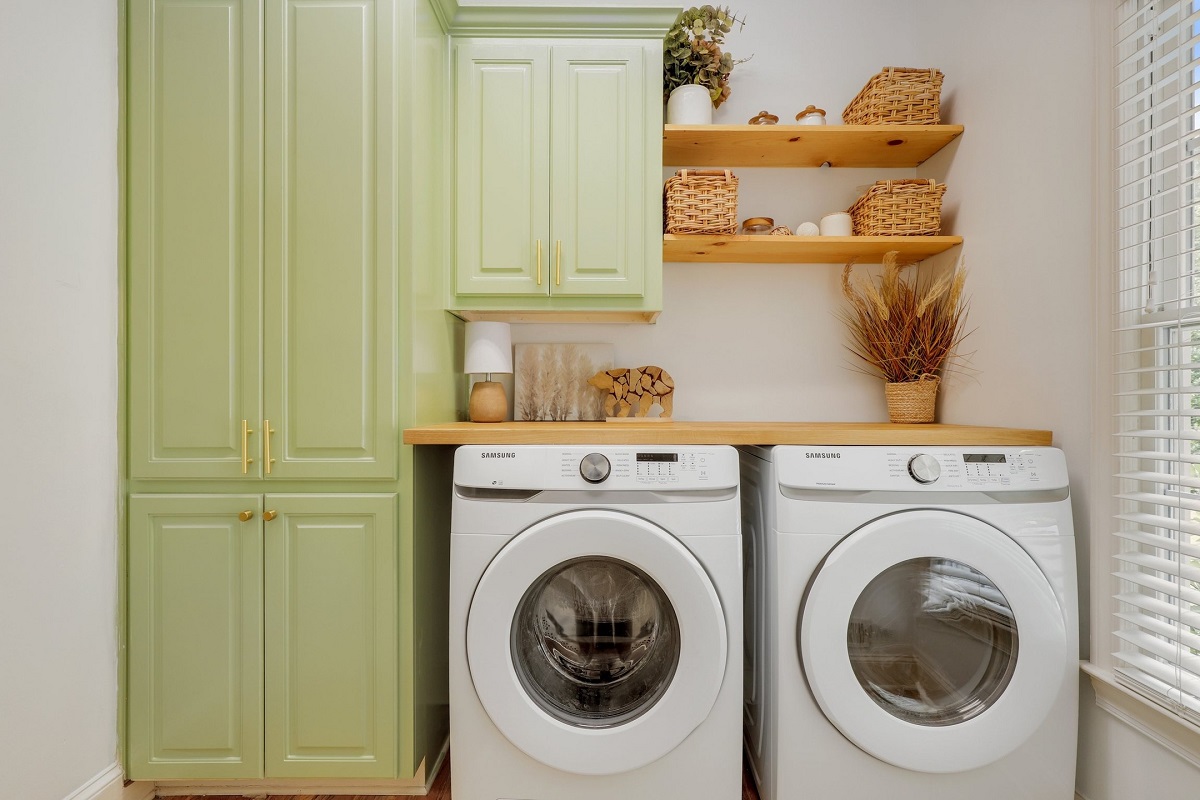
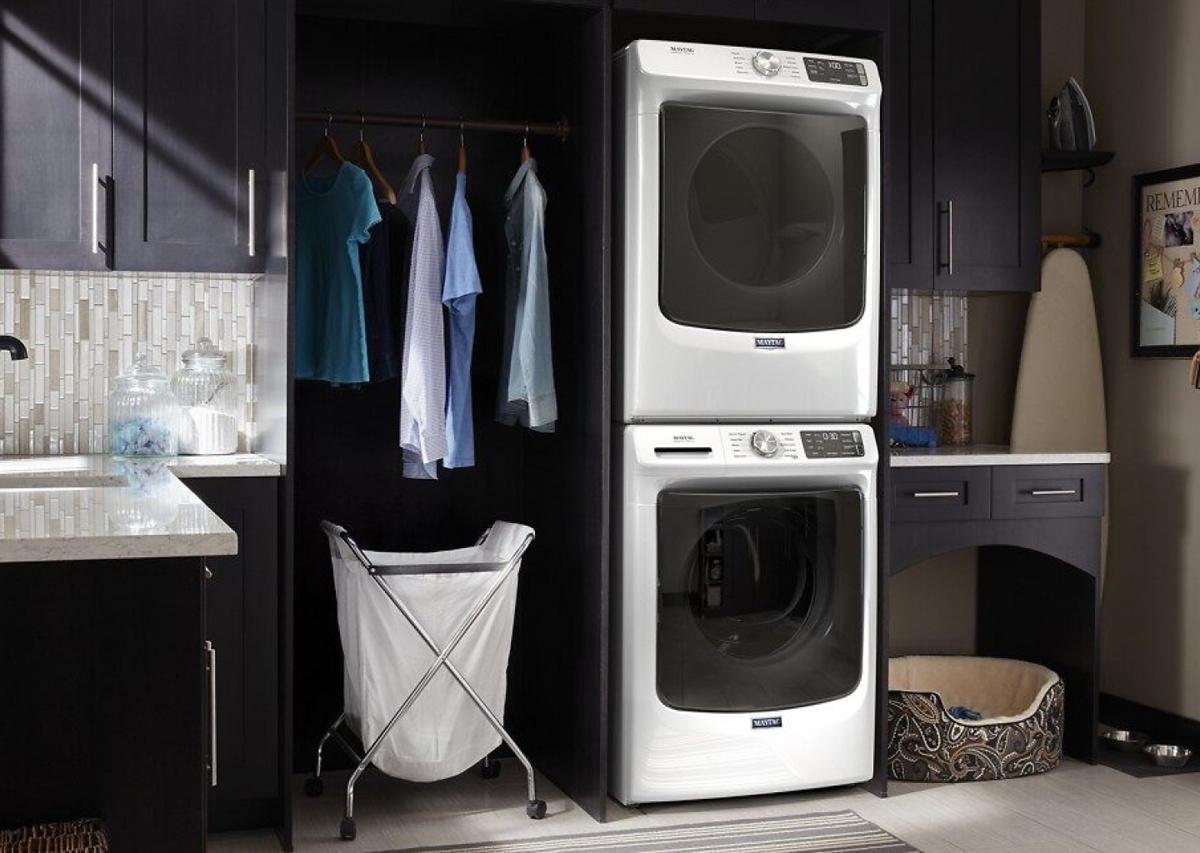
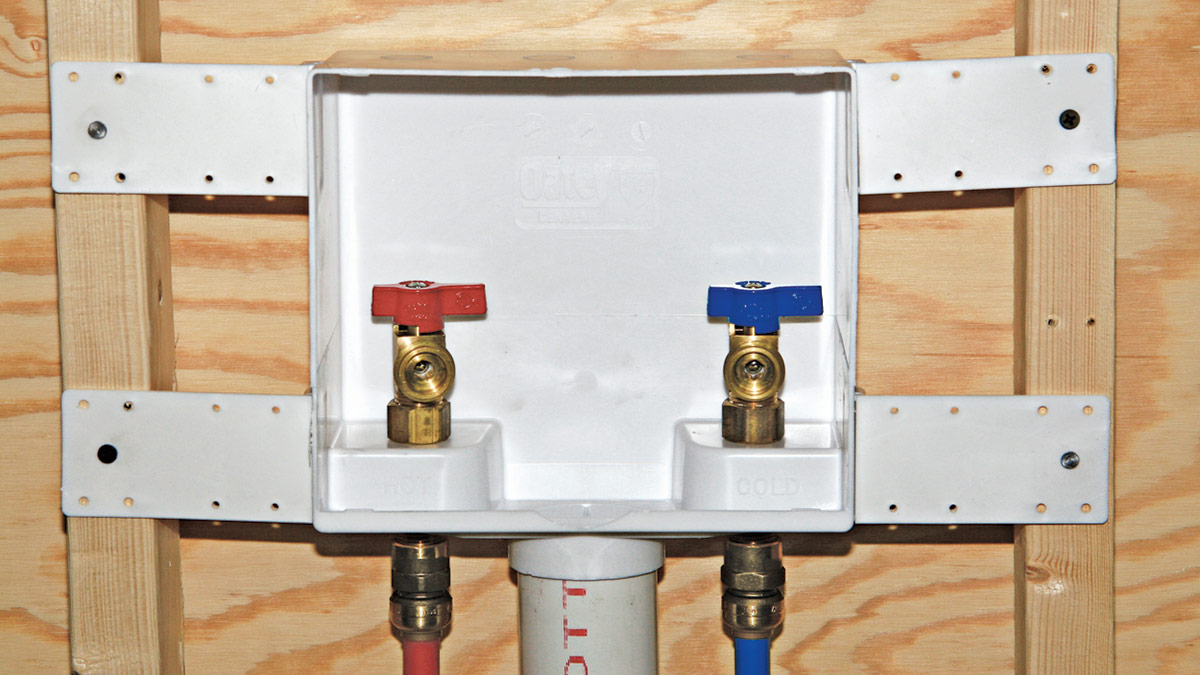
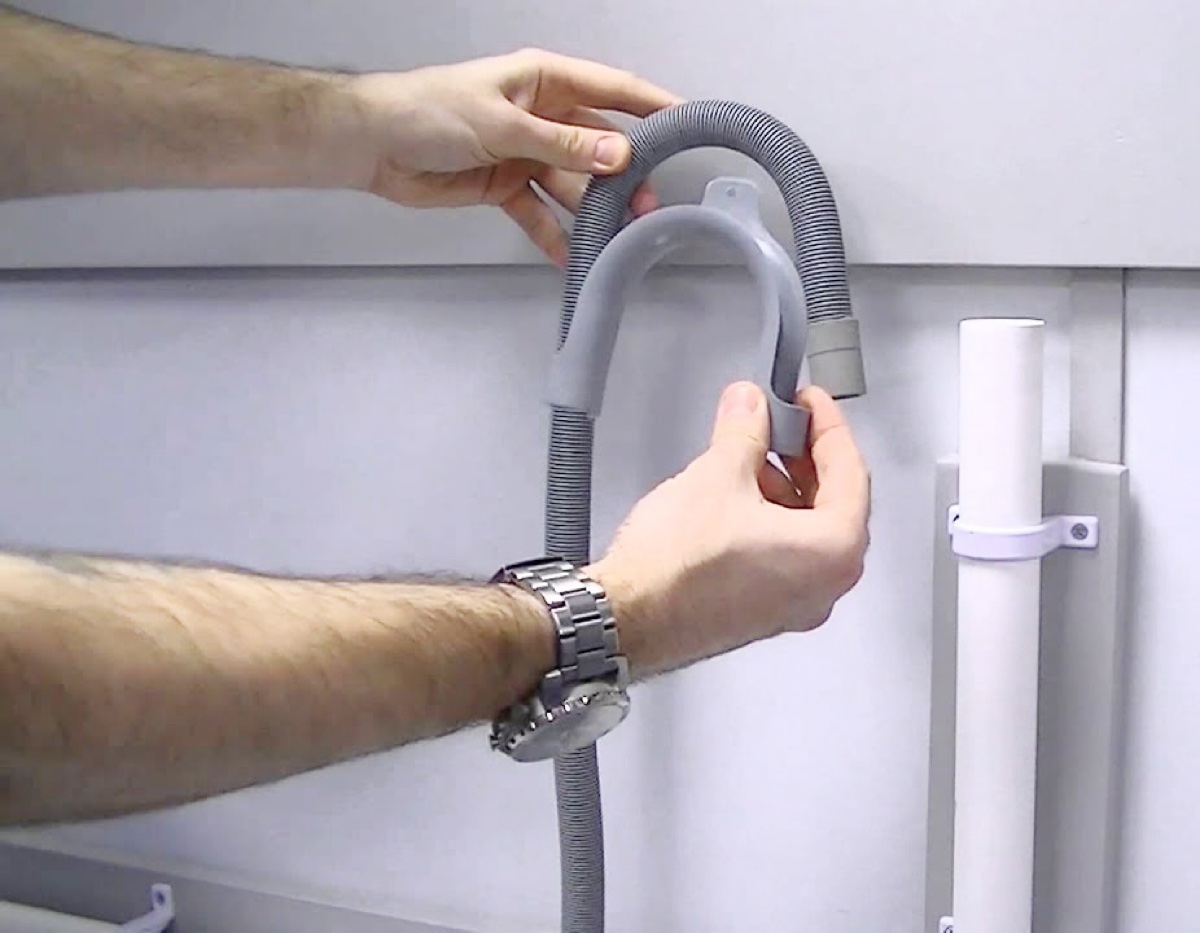
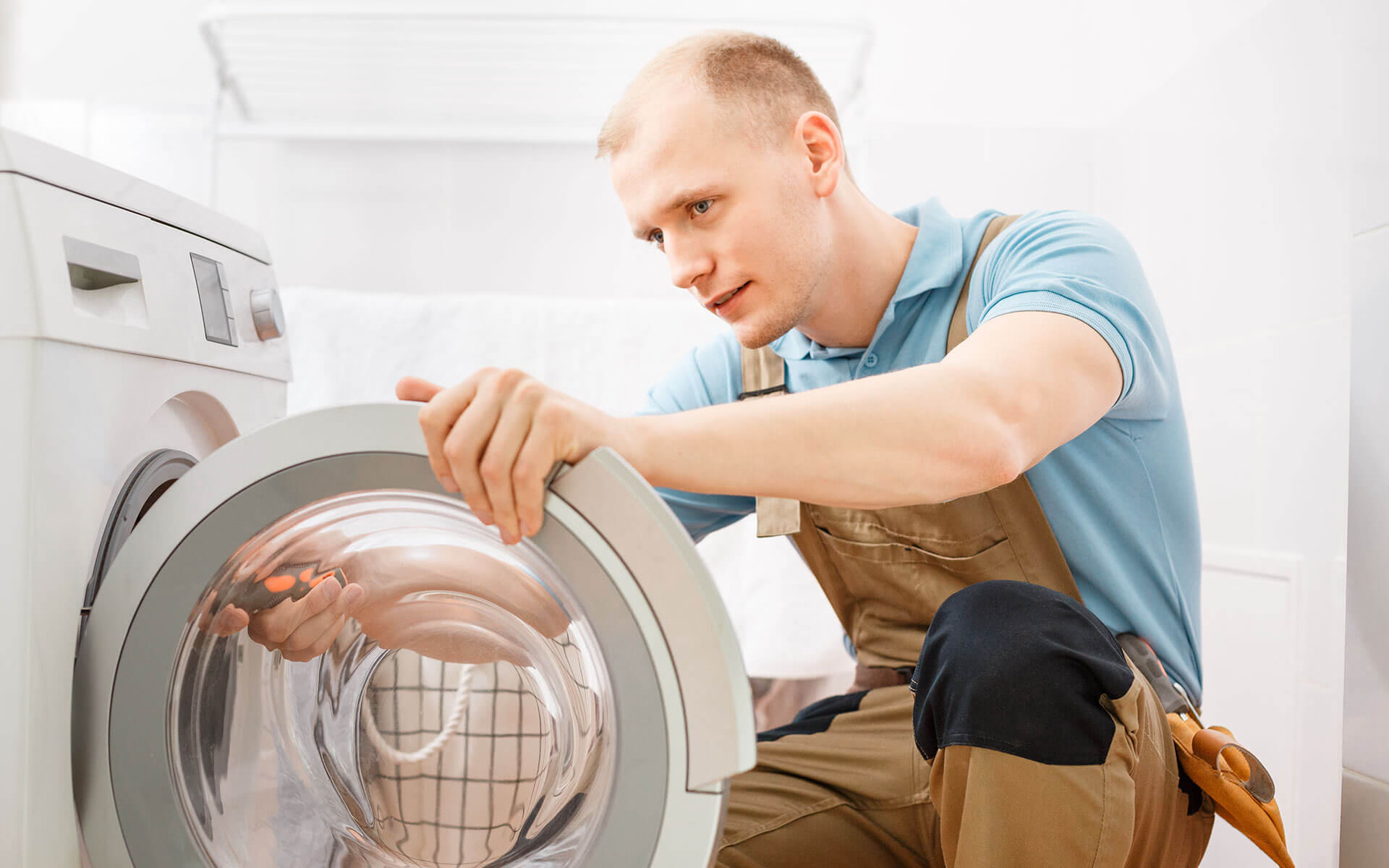
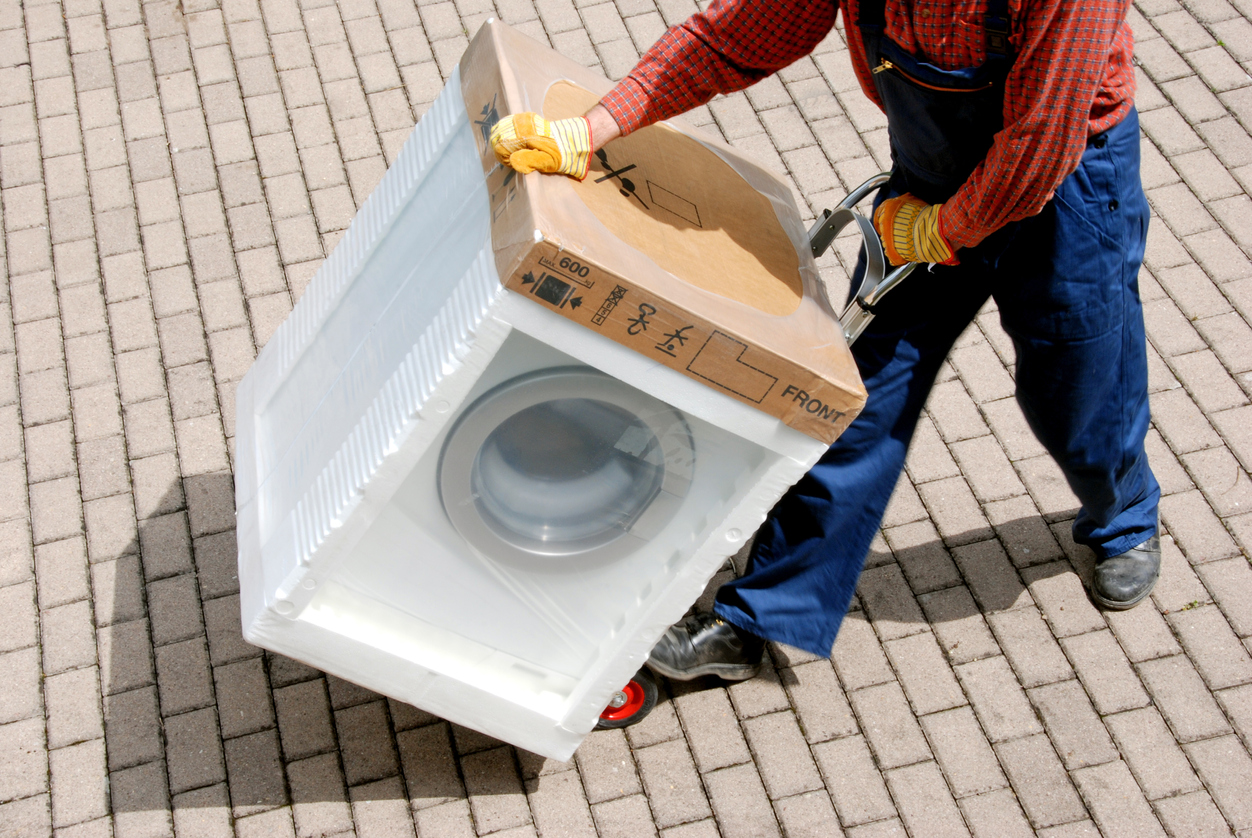
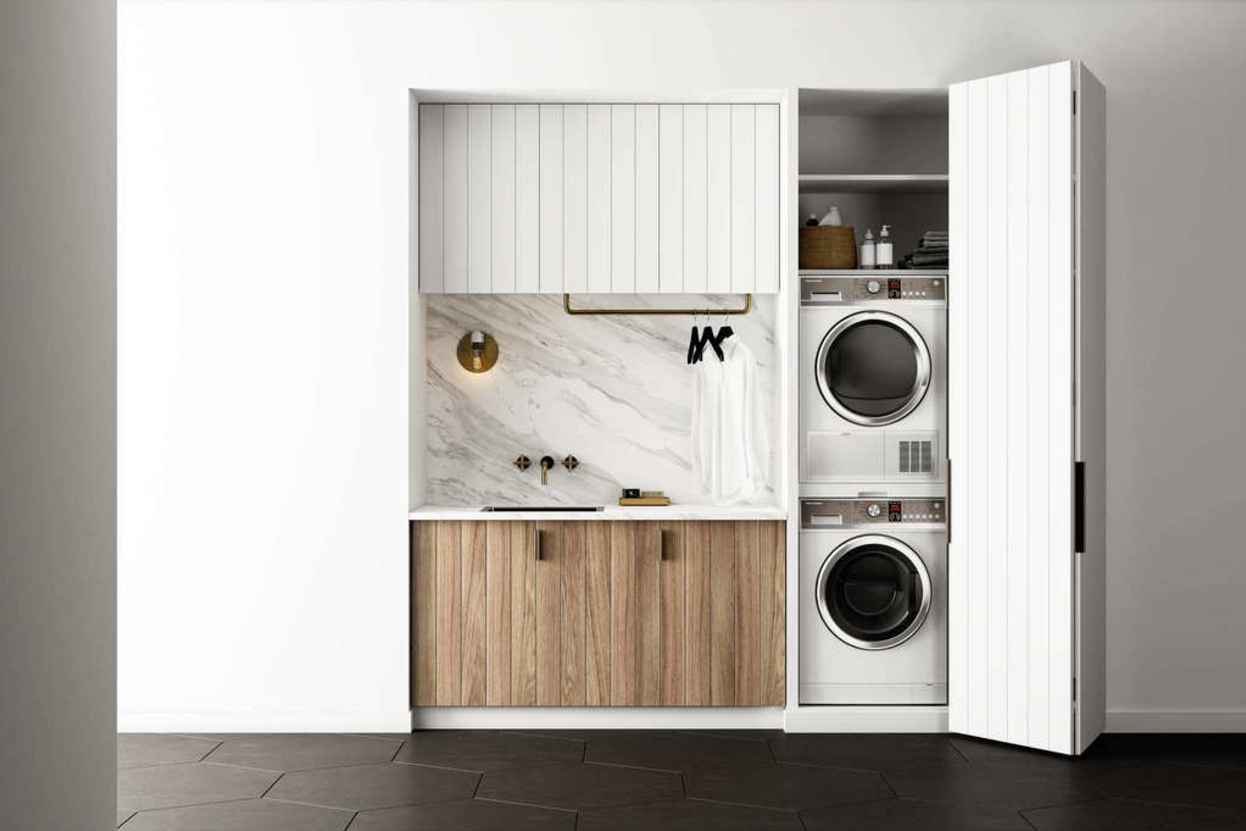
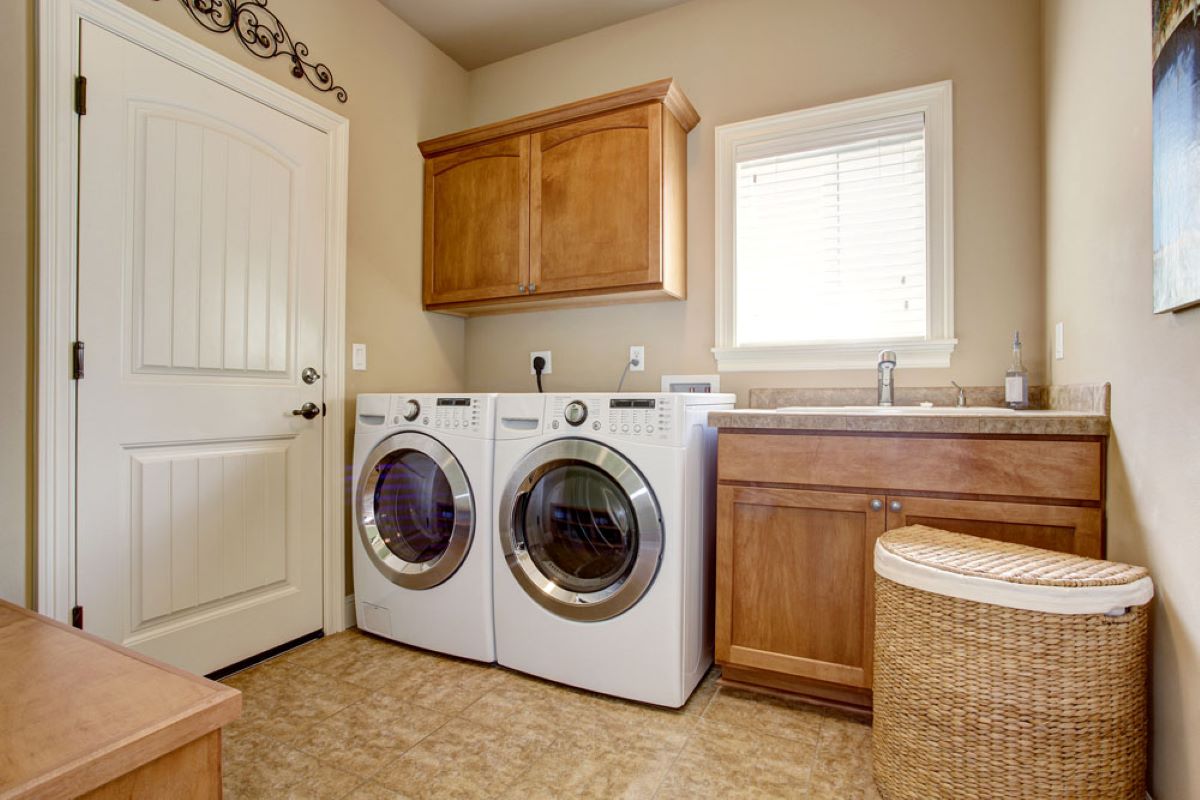
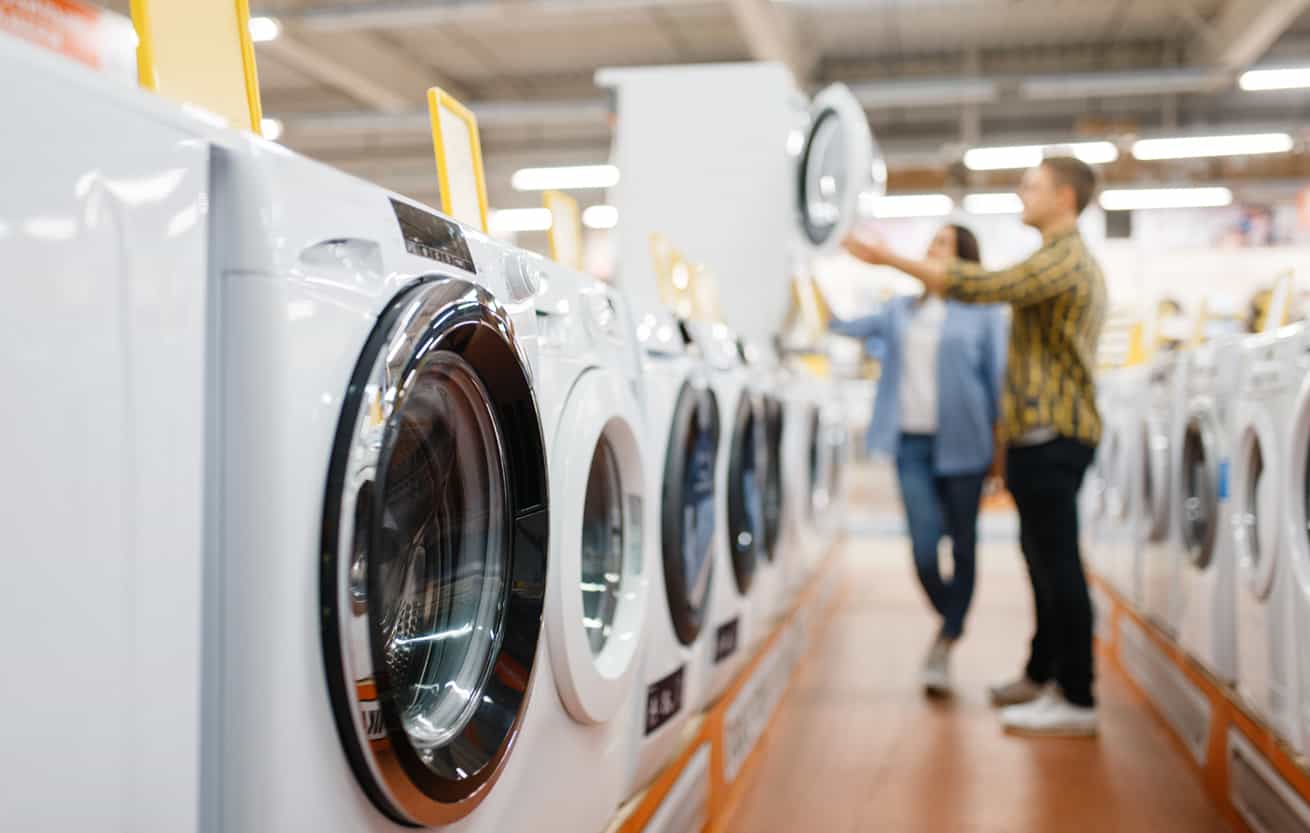
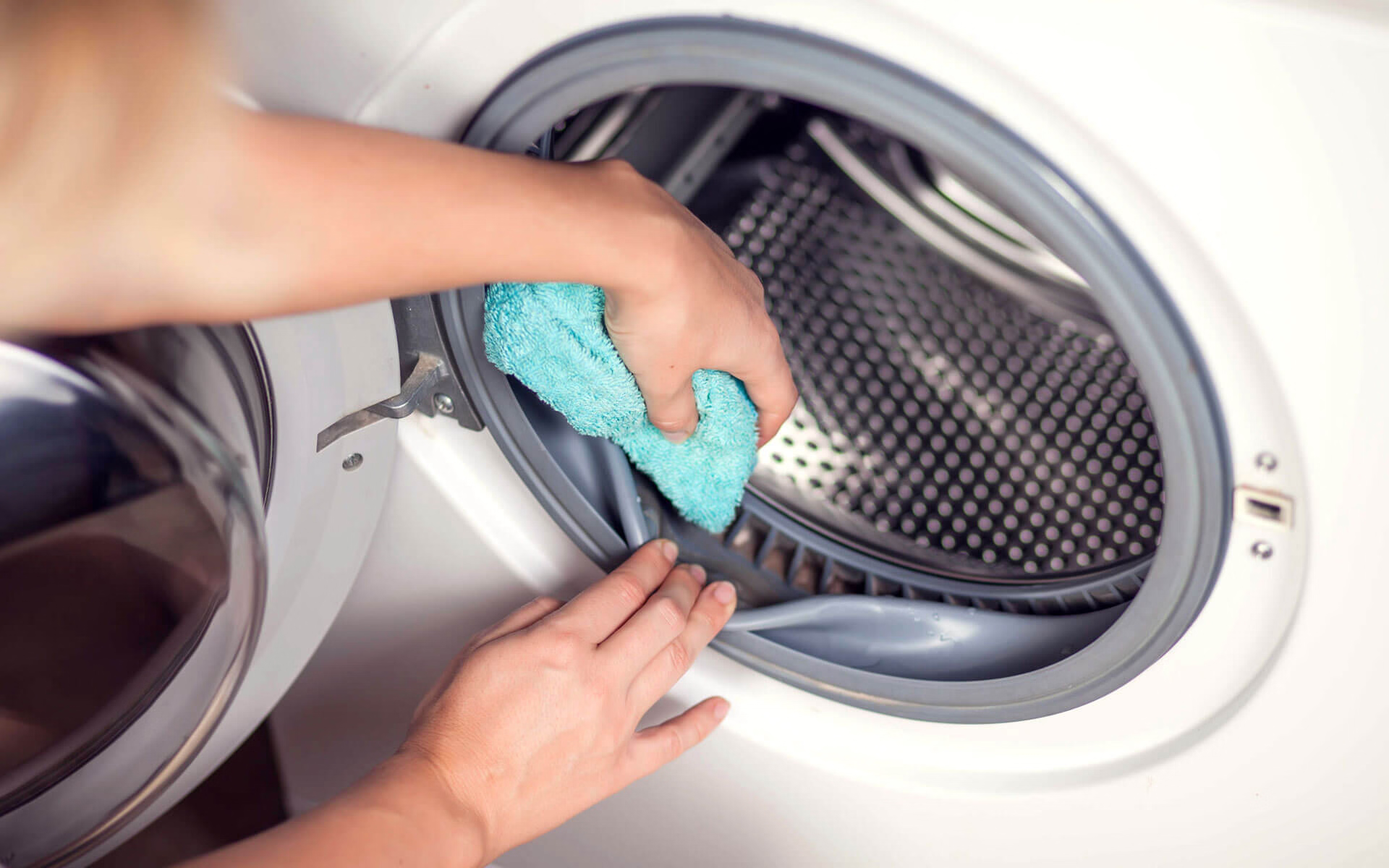
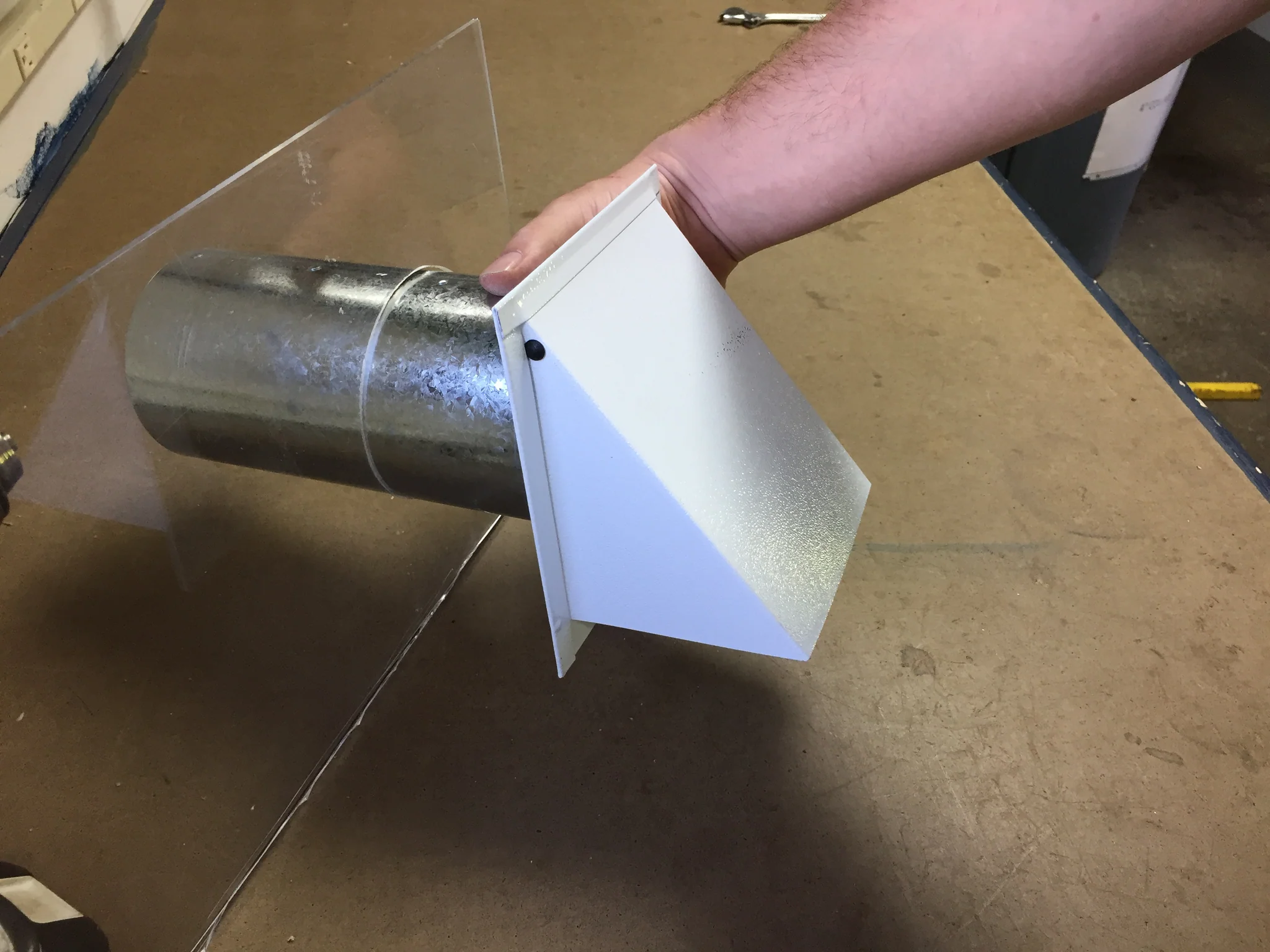

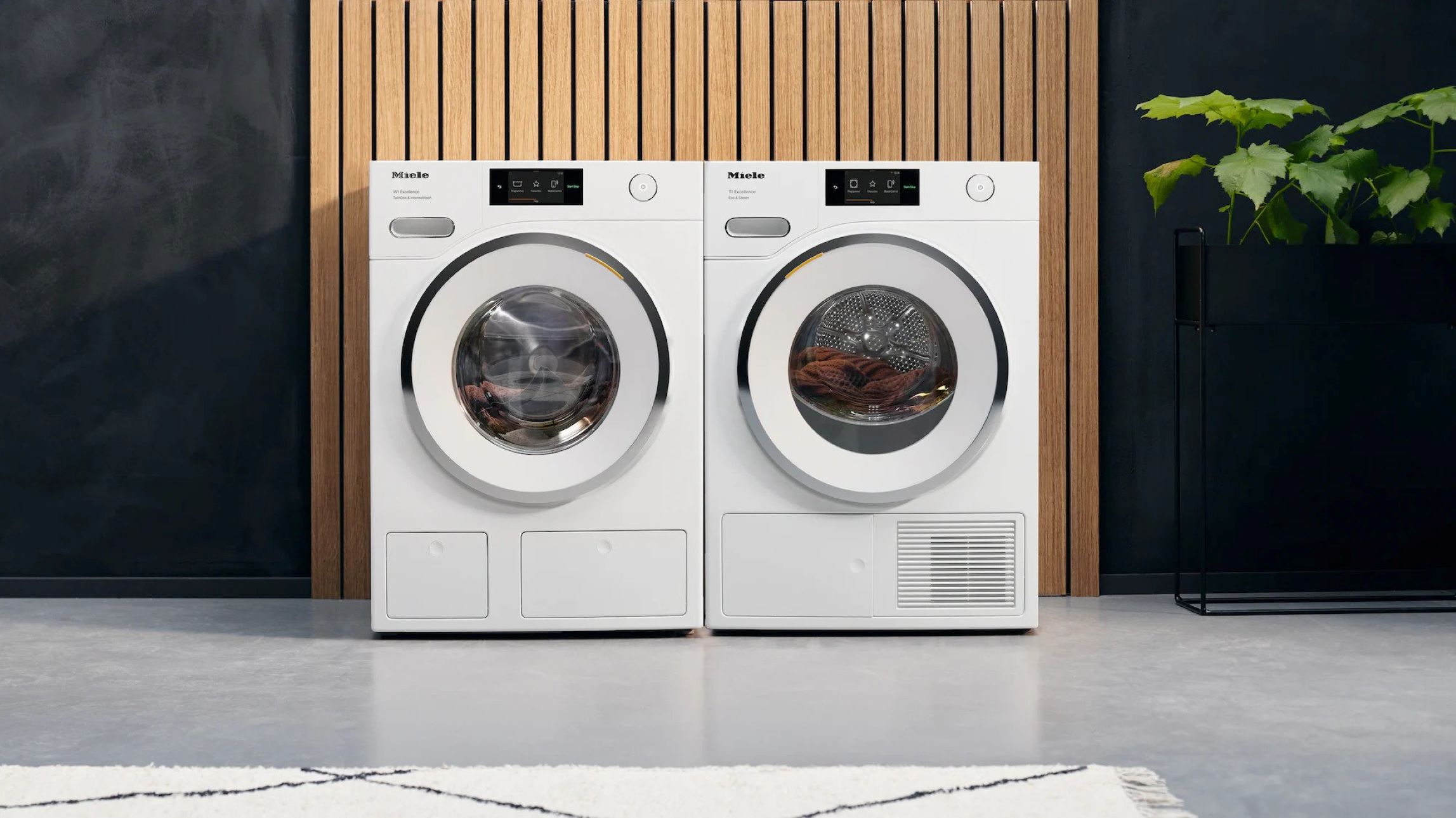

0 thoughts on “How To Install Washer And Dryer”